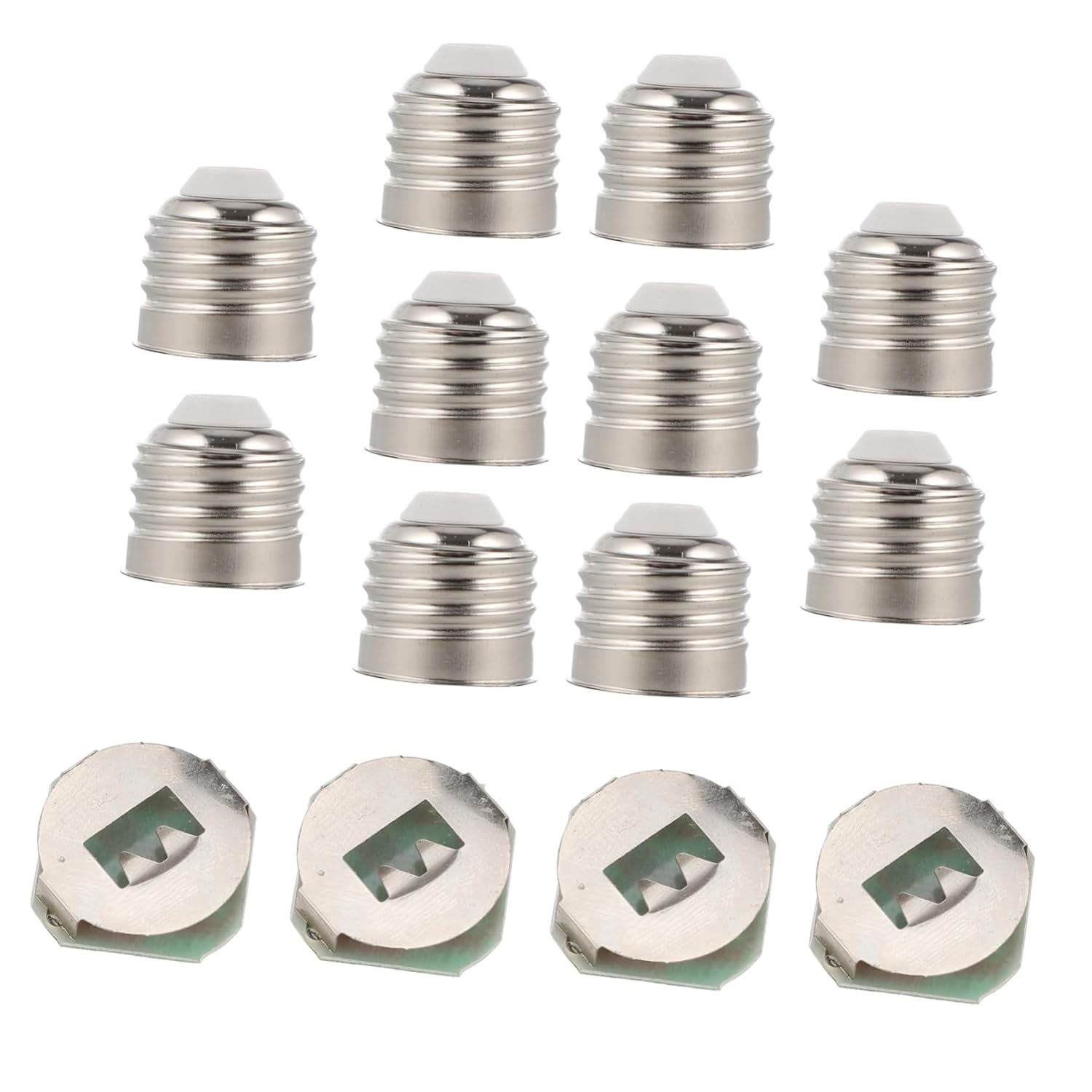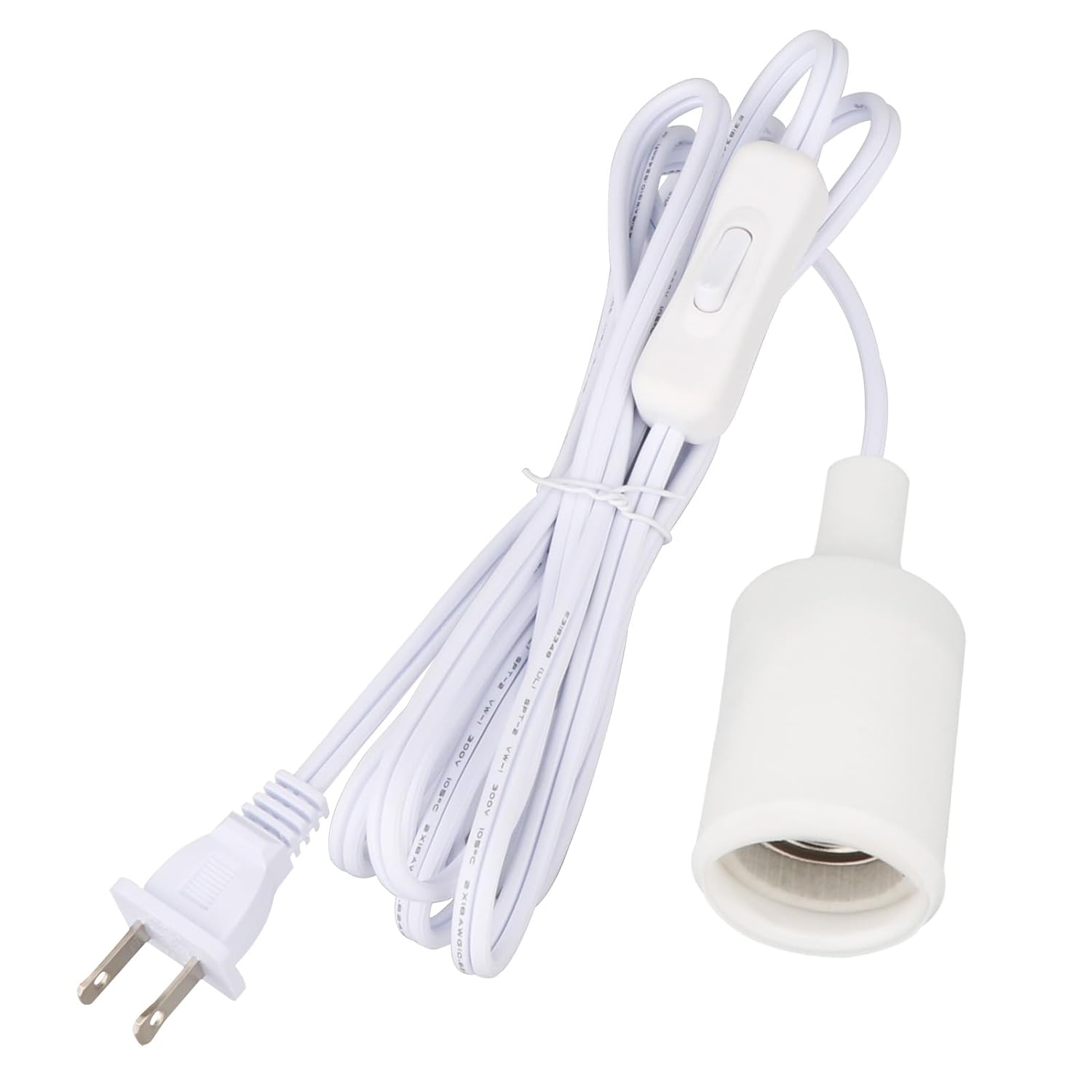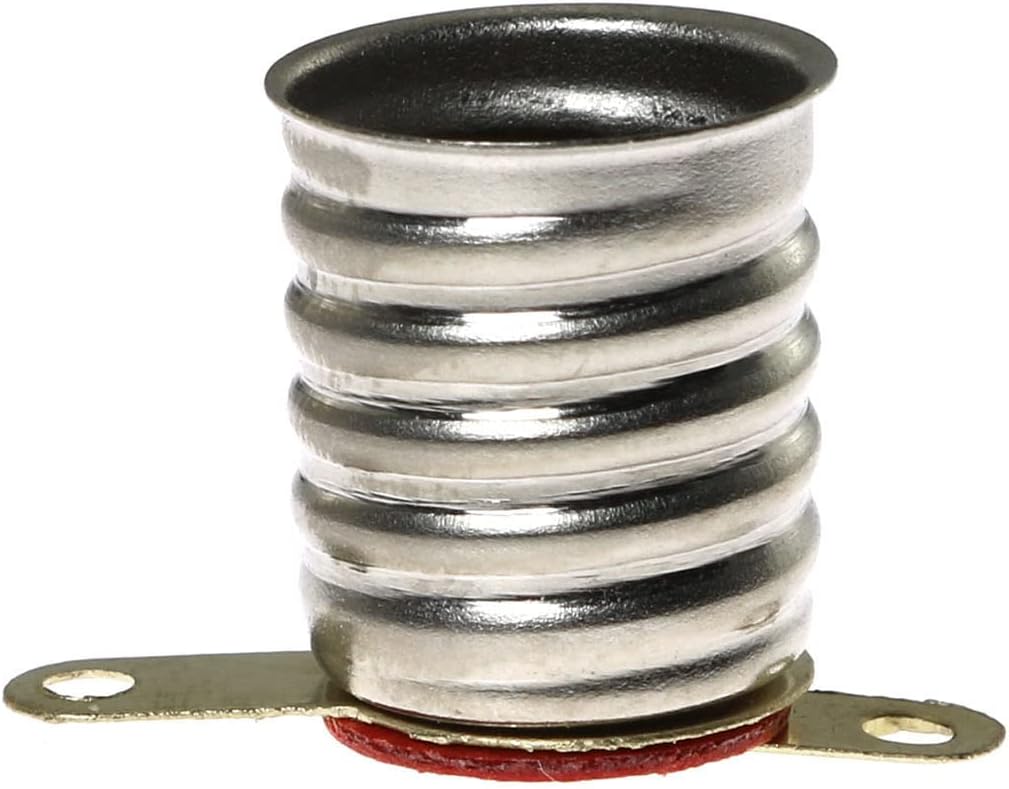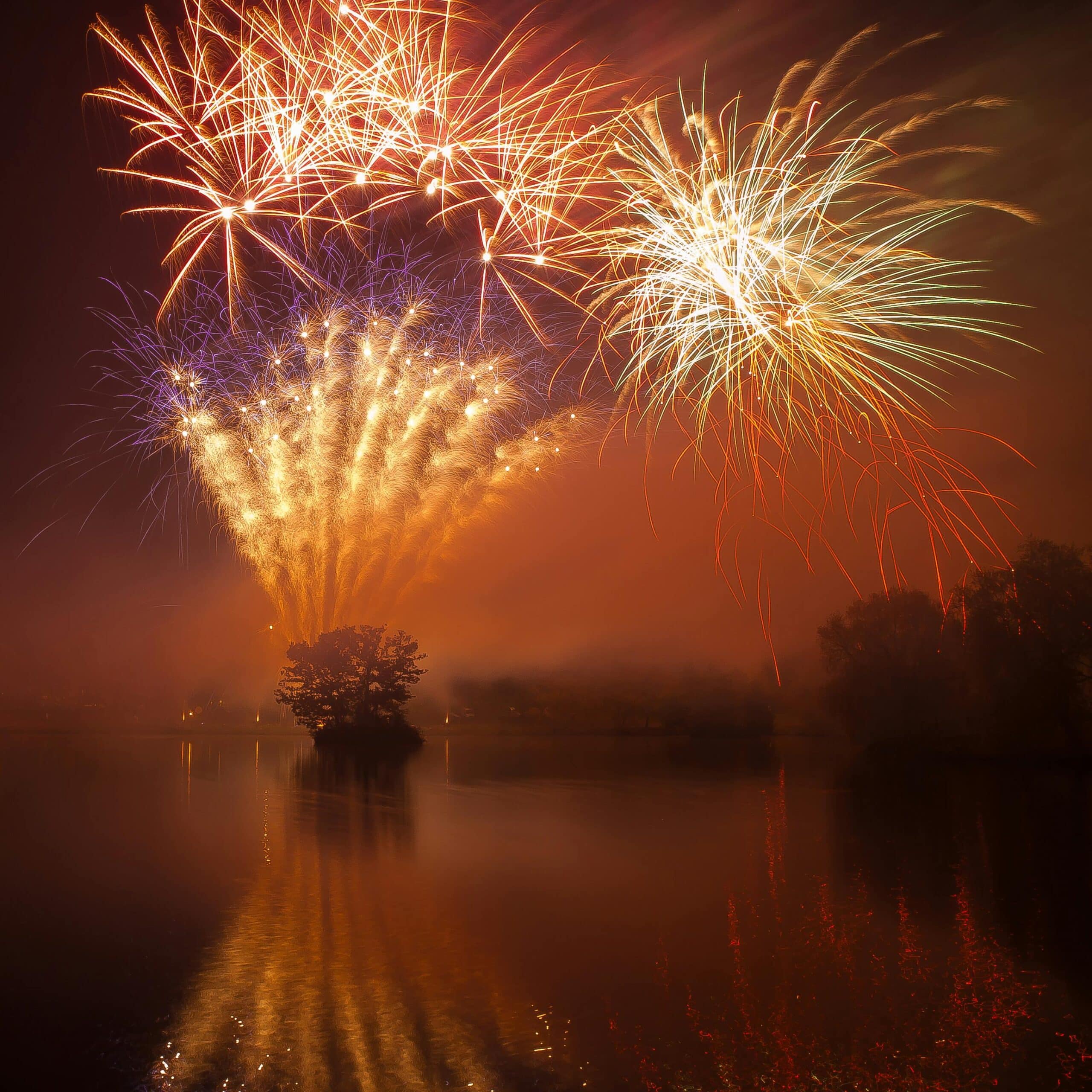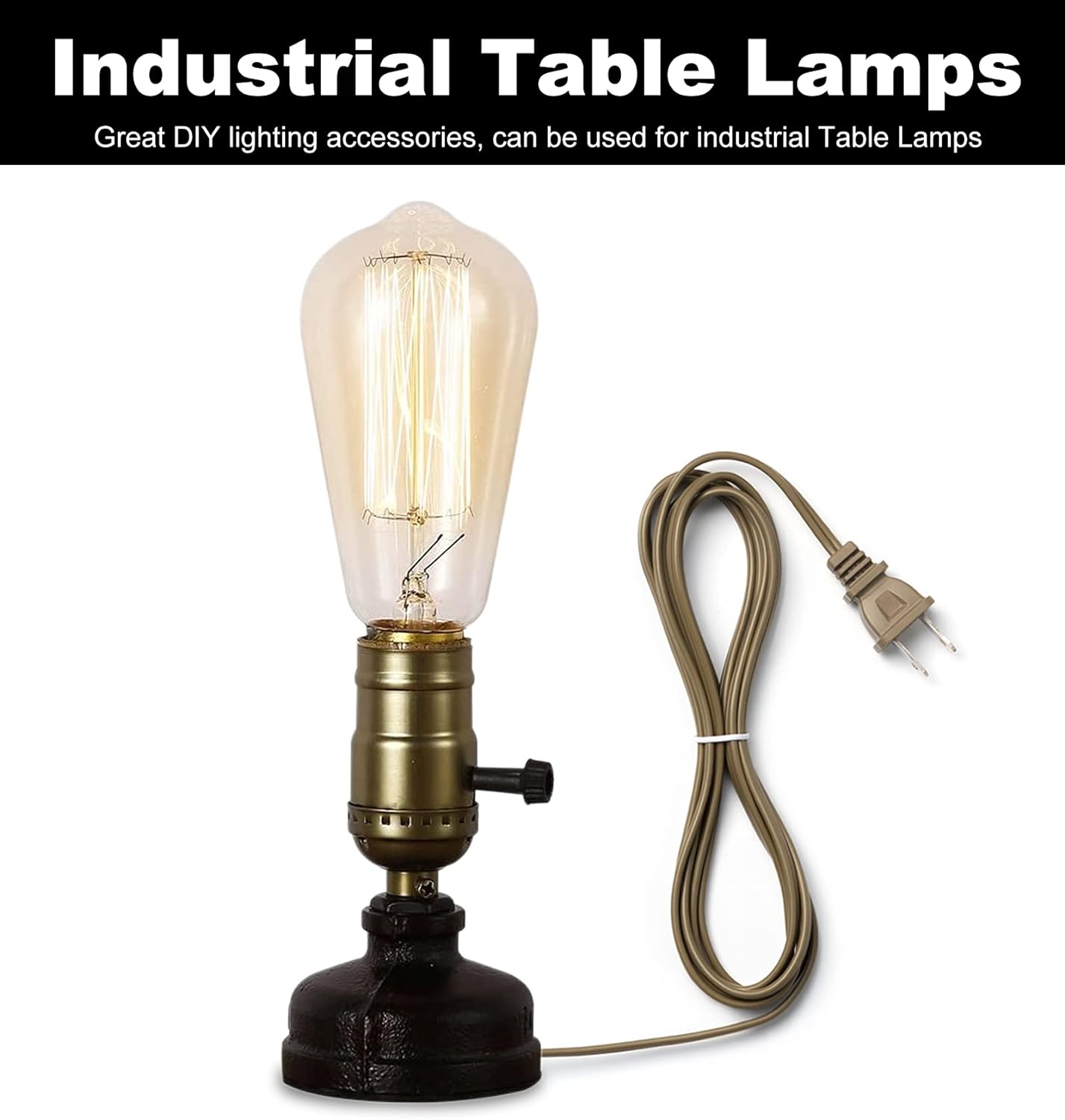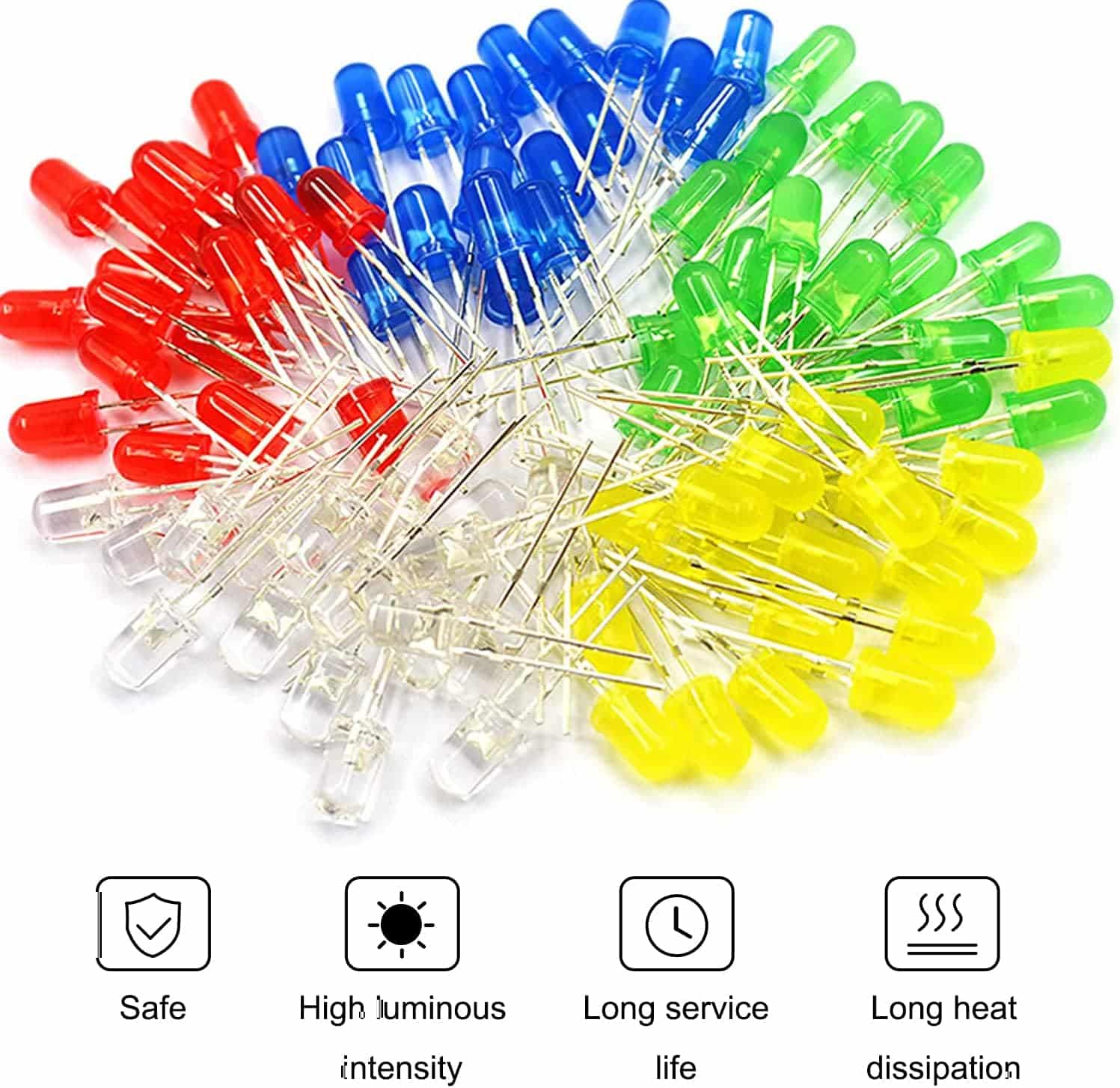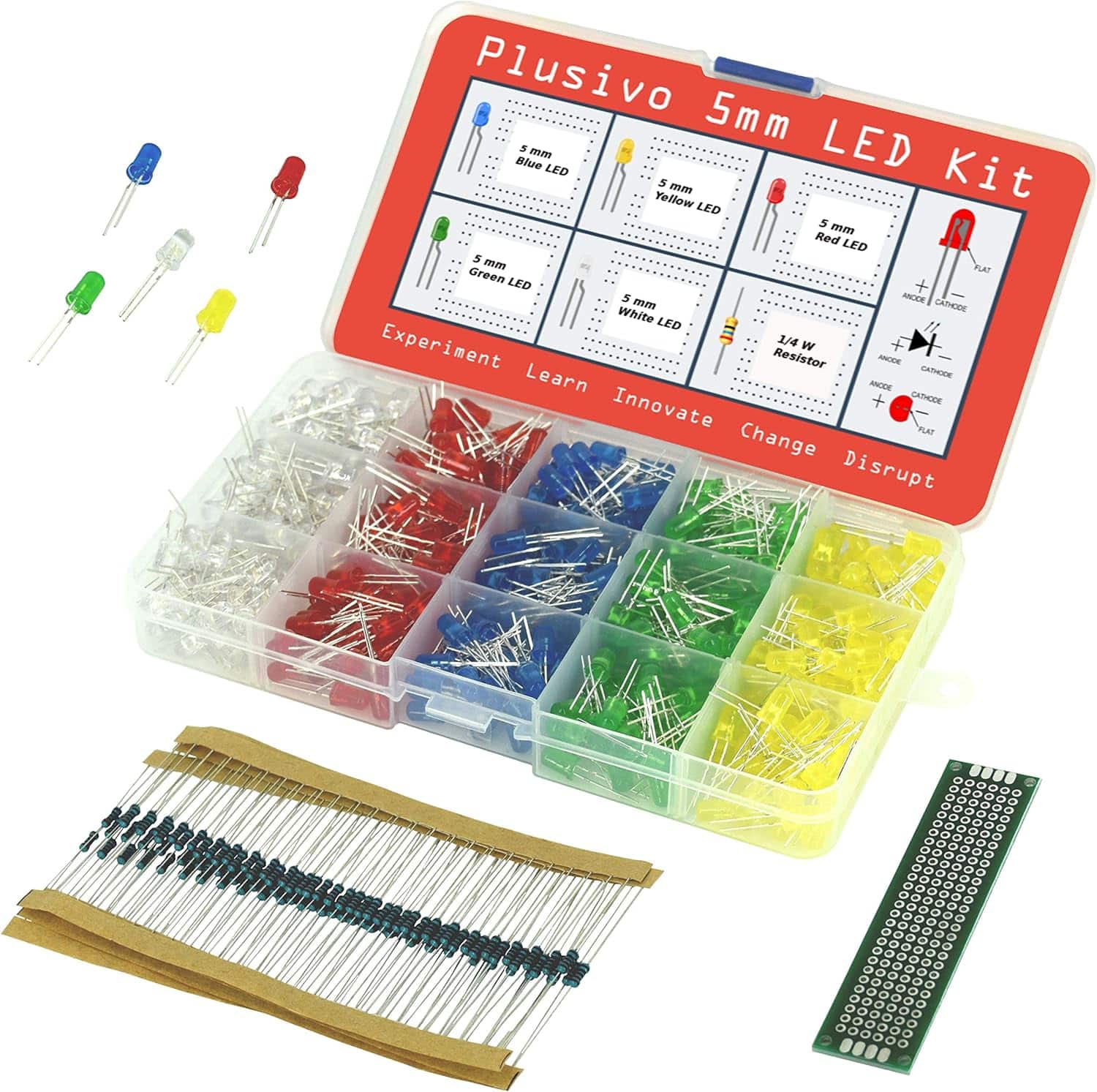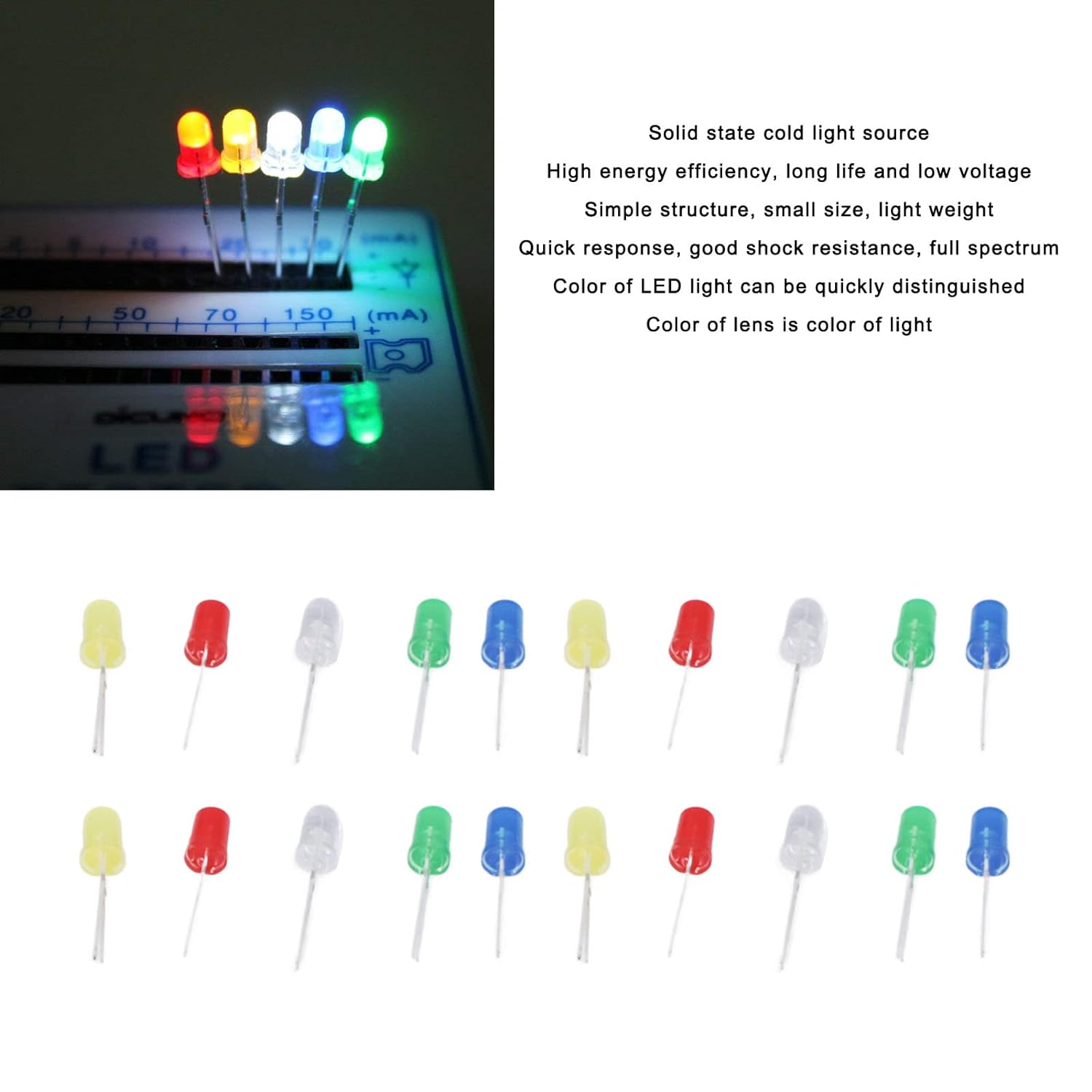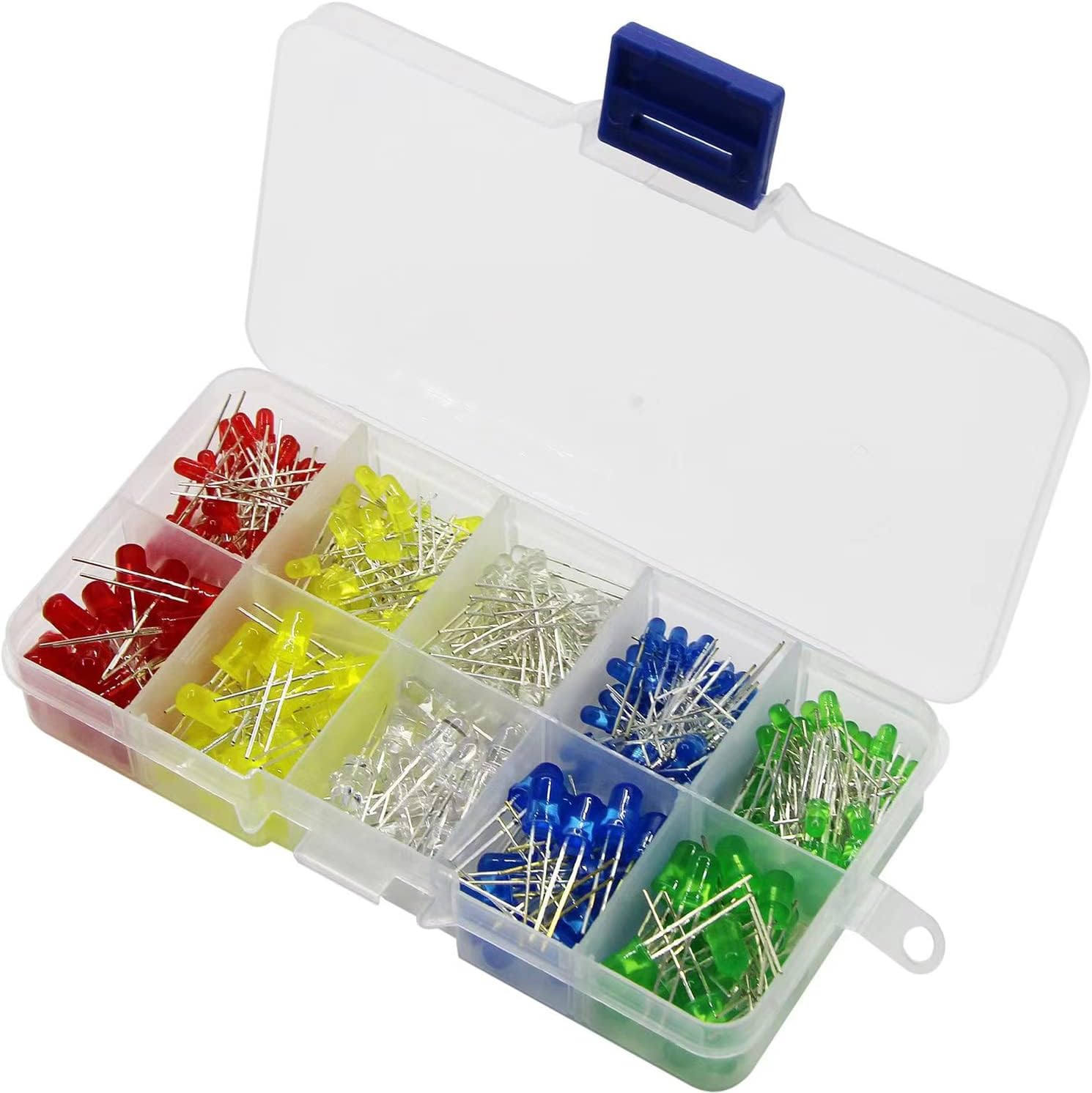Are you looking to upgrade your home’s outdoor aesthetics and boost security without skyrocketing your energy bill? In that case, learning how to install low voltage landscape lighting is the perfect solution for you. This DIY low voltage landscape lighting installation tutorial will provide a comprehensive low voltage lighting installation guide, ensuring even beginners can confidently tackle this project. So, gather your tools, follow these outdoor lighting installation tips and get ready to transform your landscape!
Key Takeaways
- Low voltage landscape lighting is an energy-efficient option for outdoor illumination.
- Proper planning, including selecting suitable fixtures and transformers, is crucial for a successful installation.
- Understanding the various types of landscape lighting aids in choosing the right option for your needs.
- Ensure your selected transformer can handle the total wattage of your fixtures with extra capacity for future expansion.
- Follow safety precautions throughout the installation process and troubleshoot any issues to maintain a beautiful and functional lighting system.
Understanding Different Types of Landscape Lighting
When it comes to illuminating your outdoor spaces, there are three primary types of landscape lighting to consider: solar landscape lights, low voltage lighting, and line voltage landscape lights. Each type has its advantages and ideal application scenarios. In this section, we will explore the installation methods, energy sources, and benefits of these lighting options.
https://www.youtube.com/watch?v=ZlOCpbUVAUk
- Solar Landscape Lights: Perfect for homeowners who want a hassle-free installation, solar lights harness energy from the sun to power the fixtures without any wiring. They typically include an integrated solar panel, rechargeable battery, and LED light source. With easy installation and no energy costs, solar landscape lights are an eco-friendly option for pathway, accent, and decorative lighting.
- Low Voltage Lighting: A popular choice for its safety and flexibility, low voltage lighting operates on 12 volts, reducing the risk of electrical shock. This lighting option requires a transformer to step down the voltage from your home’s standard 120 volts. Low voltage lights are well-suited for a variety of applications, including accentuating architectural features, illuminating pathways, and providing ambient lighting in gardens or patios.
- Line Voltage Landscape Lights: Unlike solar and low voltage lights, line voltage lighting delivers powerful illumination. Operating at 120 volts, they require professional installation, as they involve direct wiring to your home’s electrical system. Line voltage lights are ideal for large outdoor spaces, commercial properties, or in situations where bright and extensive lighting is needed.
| Type | Installation Method | Energy Source | Application Scenarios |
|---|---|---|---|
| Solar Landscape Lights | Hassle-free, no wiring required | Solar energy | Pathway, accent, and decorative lighting |
| Low Voltage Lighting | Requires transformer, flexible installation | Electrical energy at 12 volts | Architectural features, pathways, gardens, and patios |
| Line Voltage Landscape Lights | Requires professional installation, direct wiring | Electrical energy at 120 volts | Large outdoor spaces, commercial properties, bright and extensive lighting |
Now that you have a better understanding of the different types of landscape lighting, including solar landscape lights, low voltage lighting, and line voltage landscape lights, you can make a more informed decision when choosing how to illuminate your outdoor spaces.
Laying the Groundwork: Planning Your Low Voltage Lighting Layout
When it comes to planning low voltage landscape lighting, the first step involves assessing your outdoor illumination needs to create an efficient and aesthetically pleasing lighting design. In this section, we’ll discuss the importance of identifying your lighting objectives, selecting the best fixtures, and strategically arranging them for optimal light coverage.

Identifying Your Lighting Needs
Before diving into choosing low voltage lighting fixtures and their placements, it’s essential to thoroughly understand the purpose of your landscape lighting. Consider the specific areas of your exterior that require illumination, as well as the desired aesthetic outcomes. It’s crucial to evaluate factors such as security, safety, showcasing landscape features, and enhancing architectural elements. Remember that previewing the layout before installation, considering sunlight exposure for solar lights, and ensuring clear, unshaded paths are essential for efficient outdoor illumination planning.
Selecting the Right Fixtures
Once you have a clear vision of your landscape lighting objectives, the next step involves choosing appropriate exterior lighting fixtures that suit your landscape design. Look for fixtures that combine durability, design, and compatibility with your overall outdoor decor. Take the time to research various landscape lighting options, bearing in mind that LED technology offers benefits such as long-term energy savings and consistent light quality.
Pro Tip: If you’re new to landscape lighting, consider browsing online galleries, portfolios, or visiting local outdoor lighting showrooms for inspiration and guidance in choosing the best fixtures for your project.
Determining Fixture Placement
To optimize light coverage, a tactical placement of landscape lighting fixtures is key. Here are some practical tips for lighting fixture arrangement:
- Start by placing lights along walkways and driveways to ensure secure footing and clear visibility at night.
- Illuminate steps, slopes, and potential hazards with directional lights to create a safe walking environment.
- Position lights in front of or beneath focal points, such as fountains, sculptures, or prized plants, to create engaging visuals.
- Use lighting to accentuate your home’s architectural features, such as arched windows, pillars, or textured walls.
- To avoid over-lighting or glare, use lower wattage bulbs and more fixtures placed at closer intervals.
By following these guidelines, you can create an outdoor lighting plan that offers both safety and beauty. Remember that proper planning is critical in ensuring that your low voltage landscape lighting installation is aesthetically pleasing and functional in every aspect.
Choosing the Ideal Low Voltage Lighting for Your Landscape
Finding the perfect low voltage landscape lighting can enhance your home’s architecture and emphasize its natural beauty. When choosing outdoor lighting styles, it’s crucial to focus on three main elements: style coherence, function, and energy efficiency. In this section, we will discuss how to make the best selection for your landscape.
“A well-designed landscape lighting system adds curb appeal, safety, and a touch of elegance to any outdoor living space.”
- Style Coherence: Matching the lighting styles with your home’s architectural design and existing landscape features creates a harmonious and visually-pleasing environment. Think of a cohesive design that complements your outdoor space, whether it’s traditional, contemporary, or rustic.
- Function: Consider what your landscape lighting system needs to accomplish. Whether you want to highlight particular areas, create mood lighting, or improve security, choose fixtures that can fulfill these functions.
- Energy Efficiency: Opting for energy-efficient fixtures, such as LED lights, helps save money in the long run while being environmentally friendly. LED fixtures come in various color temperatures, granting you more creative freedom to choose the right atmosphere for your landscape.
To help you in the decision-making process, we’ve compiled a table featuring a selection of popular outdoor lighting styles and their ideal applications:
| Style | Description | Best For |
|---|---|---|
| Path Lights | These fixtures cast a welcoming glow along the edges of walkways, stairs, and driveways. | Accentuating paths, enhancing safety, and guiding guests through your landscape. |
| Spotlights | Highly directional lights that focus on a specific area or object. | Highlighting focal points such as statues, fountains, and architectural features. |
| Up & Down Lights | These lights create a dynamic ambiance by casting light up and down a vertical surface. | Accentuating walls, columns, and unique architectural features. |
| Deck & Step Lights | Low profile, built-in fixtures that add a subtle glow on decks, stairs, and railings. | Adding ambiance, safety, and visual interest to outdoor living spaces. |
Ultimately, the ideal low voltage landscape lighting choice will depend on your personal preferences, your home’s style, and the intended purpose of the lighting system. Invest time in planning, and you’ll create an outdoor space that’s both functional and visually stunning.
Evaluating Transformers and Electrical Requirements

Proper lighting installation involves an understanding of your low voltage lighting electrical needs, including the total landscape lighting wattage and the appropriate transformer. In this section, we will explore the electrical load calculation and tips for selecting the right transformer for your landscape.
Calculating Total Wattage
First, determine the total wattage of your landscape lighting system. To do this, sum the wattage of individual fixtures in your lighting layout. For example, if you have 10 lights with 4-watt bulbs, the total wattage is 10 x 4 = 40 watts.
However, it’s important to consider potential power loss across cable length due to the electrical resistance. To compensate for this, add 10-20% extra capacity to your total wattage calculation. Based on our example, an additional 20% of 40 watts is 8 watts, making the adjusted total wattage 48 watts.
Note: Always consider the maximum wattage of your fixtures, even if you currently use a lower wattage bulb. This will give you room for future expansion and avoid overloading your transformer.
Picking the Appropriate Transformer
Now that you have calculated your total wattage, selecting the right transformer can be made easy by following these tips:
- Choose a transformer capacity that’s 20-25% higher than your adjusted total wattage. For example, if your adjusted total wattage is 48 watts, pick a 60-watt transformer.
- Ensure you select a transformer that meets the low voltage transformer requirements for outdoor use, such as having a weatherproof design to withstand exposure to the elements.
- Look for additional transformer features that can help enhance the functionality and energy efficiency of your landscape lighting, such as built-in photo sensors and programmable timers.
- Determine the location of your outdoor electrical outlets to ensure your transformer is within proximity for proper installation and operation.
With a proper understanding of your electrical load calculation and low voltage transformer requirements, you can now confidently select the right transformer to power your landscape lighting system for reliable and efficient operation.
Gathering Materials and Tools for Installation
For a successful low voltage landscape lighting installation, it is essential to gather the proper materials and tools. The following checklist will ensure that you have everything you need to complete the project efficiently and achieve professional results. Remember, giving attention to the quality of landscape lighting installation materials and using the right low voltage lighting tools can make a world of difference to the final outcome of your project.
“Having the right tools and materials handy is crucial for a smooth and efficient low voltage landscape lighting installation process.“
Here is a comprehensive list of materials and landscape lighting supplies required for your installation project:
- Low voltage transformers
- Landscape light fixtures
- Low-voltage cables
- Wire connectors
- Stakes for fixture mounting
- Conduit or cable covers (optional, for added protection)
Additionally, the essential low voltage lighting tools you will need for installation include:
- Wire strippers
- Long-nose pliers
- Screwdrivers
- Voltage tester
- Hammer
- Staple gun (if using conduit or cable covers)
- Shovel or hand trowel (for digging hole and/or shallow trenches)
When selecting materials and tools, consider the specific needs of your project. In particular, wire gauges and connector types can vary based on project requirements. To help you choose the right wire gauge and connector types, refer to the table below:
| Wire Gauge | Maximum Wattage Capacity | Connector Type |
|---|---|---|
| 10 AWG | 300 Watts | Direct burial splice or low voltage wire connectors |
| 12 AWG | 200 Watts | Direct burial splice or low voltage wire connectors |
| 14 AWG | 150 Watts | Direct burial tap or inline low voltage connectors |
| 16 AWG | 100 Watts | Direct burial splice or low voltage wire connectors |
Now that you are well-equipped with landscape lighting installation materials and low voltage lighting tools, you can proceed with the installation steps to transform your outdoor space into a beautifully lit haven.
Installation Step 1: Mounting the Transformer
Mounting the landscape lighting transformer is a crucial first step to effectively set up your low voltage lighting system. In this section, we provide a comprehensive guide to help you install the electrical transformer securely and safely.
First, you need to select a suitable location for the transformer. Keep in mind the following factors while choosing the location:
- Proximity to a GFCI (Ground Fault Circuit Interrupter) protected power outlet
- Ease of accessibility for future maintenance
- Protection from weather elements, such as rain and snow
- Keep at least 12 inches of space between the transformer and the ground to prevent water accumulation and potential hazards

Now that you’ve decided on the location, follow these steps to install the low voltage transformer:
- Turn off the power supply: Before starting the installation process, make sure that the power supply to the GFCI outlet is switched off to avoid the risk of electrical shock.
- Mark the holes: Hold the transformer against the mounting surface (siding or masonry) and mark the holes for drilling using a pencil.
- Drill the holes: Drill the marked holes using appropriate drill bits for the type of surface you’re working with. For siding, use a wood drill bit; for masonry, use a masonry-compatible bit.
- Secure the transformer: Insert the screws or anchors provided with the transformer into the drilled holes, position the transformer, and tighten the screws. It’s important to ensure that the transformer is mounted firmly and level to prevent any stability issues.
Tip: If you’re mounting the transformer on masonry or brick, use wall anchors specifically designed for use with masonry.
With the transformer securely installed, you are now ready to proceed to the next step of assembling and positioning your landscape lights.
Installation Step 2: Assembling and Positioning the Lights
In this important stage of low voltage lighting setup, we’ll be discussing the essentials of assembling landscape light fixtures and securing them in your landscape for a stable and attractive lighting display. Let’s dive into some practical outdoor fixture installation tips to make your low voltage lighting project a success.
Fixture Assembly Tips
Before you begin, make sure you’ve gathered all pieces of your landscape lighting fixtures and have the manufacturer’s assembly instructions readily available. Most fixtures consist of a stake, a fixture head, and a socket or wiring assembly. Follow these general guidelines for a smooth assembly process:
- Attach the stake to the fixture head according to the manufacturer’s guidelines.
- If your fixture includes a socket assembly, connect it to the fixture head by threading the wires through the stake.
- Securely tighten all connections to maintain proper alignment and maximize fixture efficiency.
- Avoid over-tightening any screws or connections, as this could damage your fixtures or their internal components.
- Ensure that wires are tucked away safely and smoothly to avoid any twisting or strain.
Pro Tip: Always consult and follow the manufacturer’s specific assembly instructions for your fixture type to ensure a successful installation.
Securing Lights in the Landscape
Once your low voltage light fixtures are assembled, it’s time to position and secure them within your landscape. Proper fixture placement will enhance illumination coverage and keep your lights stable in various weather conditions. Follow these recommendations for securing landscape lighting:
- Select locations for your fixtures based on functionality, ensuring they provide ample illumination for pathways and key landscape features.
- Maintain a consistent depth and spacing between each fixture to create visual harmony throughout your landscape.
- Ensure that each fixture is plumb (vertically straight) and firmly seated in the ground for optimal stability.
- When inserting the stake into the ground, gently wiggle it back and forth to create a small hole instead of forcing it down. This will minimize the chance of bending or breaking the stake.
- In some cases, using a landscape anchor or weight may be necessary for added stability or to prevent theft. This can be especially useful for larger fixtures or in regions with high winds.
With these tips in mind, you’re well on your way to achieving stunning and stable fixture placement throughout your landscape. In the next section, we’ll discuss wiring and connecting your low voltage lights for a unified, efficient lighting system.
Installation Step 3: Wiring and Connecting Your Lights
Now that you have your transformer mounted and lights assembled, it’s time to dive into the crucial stage of connecting low voltage landscape lights. In this section, we’ll discuss various methods for wiring outdoor lighting, making secure electrical connections for landscape lighting, and troubleshooting common issues.
Before you begin, gather the necessary materials such as low-voltage wire, connectors, wire strippers, and a multimeter to test the connections.
- Determine the appropriate low-voltage wire size for your lighting system based on the total wattage, distance from the transformer, and the transformer’s voltage output. A thicker wire (lower gauge number) is suitable for longer distances and higher wattage systems.
- Lay out the wire, starting at the transformer and connecting each light fixture along the path. Leave some slack at each fixture to make adjustments later, if necessary.
- Strip approximately ½ – ¾ inches of insulation from each end of the main wire and fixture wires.
- Use connectors designed for low-voltage landscape lighting to secure the connections. Some popular connector types include waterproof twist-on connectors, silicone-filled wire nuts, and direct burial connectors.
- For additional waterproofing, wrap the connections with electrical tape and seal them in a protective casing or conduit, if available.
- After connecting all the fixtures, double-check the transformer’s output voltage with a multimeter. The voltage should fall within the manufacturer’s recommended range for your lighting system.
- Finally, turn the power on and test your lights to ensure they light up as expected. Address any dimming or non-functioning fixtures by checking the connections, replacing damaged components, or adjusting the output voltage of the transformer.

Remember, safety first! Before working with any electrical connections, make sure the circuit is off by turning off the power at the breaker panel or unplugging the transformer. Wear gloves to protect your hands while handling the exposed copper wire.
“No one ever said doing your own wiring was a walk in the park, but it can be done with the right tools and a bit of patience.”
By following these steps and tips, connecting low voltage landscape lights should be a straightforward process. Enjoy the beautiful and functional outdoor lighting that you’ve created, knowing you were the one who made it happen!
Conclusion
Low voltage landscape lighting serves as a versatile solution for enhancing your home’s security, aesthetic appeal, and overall ambiance. By following this beginner’s guide to low voltage landscape lighting installation, even first-time DIYers can confidently create beautiful, functional outdoor lighting arrangements tailored to their unique landscape.
Meticulous planning and adherence to safety precautions are vital to achieving a successful lighting system. It’s important to select the right fixtures, calculate electrical requirements, and properly wire and connect your lights. Ensuring that they’re positioned optimally within your landscape is another critical aspect of installation.
By practicing ongoing maintenance and troubleshooting low voltage landscape lighting issues, you’ll be able to preserve the longevity and performance of your system. With careful attention to each step of the installation process, you can transform your outdoor space into a well-lit oasis that perfectly complements your home.
FAQ
What are the main types of landscape lighting?
The three primary types of landscape lighting are solar, low voltage, and line voltage. Solar lights are easy to install and don’t require wiring, low voltage lights provide safety and flexibility through transformers, and line voltage lights offer powerful illumination but often require professional installation.
How do I plan my low voltage lighting layout?
When planning your low voltage lighting layout, consider the purpose of the lighting, the areas needing illumination, and the desired aesthetic outcome. Preview the layout before installation and ensure that the paths are clear and unshaded.
How do I select the right fixtures for my landscape lighting?
Choose fixtures that are durable, compatible with your overall exterior decor, and meet your illumination needs. Consider using LED technology for long-term energy savings and consistent light quality.
How can I optimize the placement of my landscape lighting fixtures?
To optimize placement, aim for even spacing and maximize light coverage. Avoid common errors like insufficient lighting and tripping hazards along pathways.
How do I calculate the total wattage of my landscape lighting layout?
Sum the wattage of individual fixtures, and add extra capacity to compensate for potential power loss across the cable length.
What factors should I consider when choosing a transformer for my landscape lighting?
Select a transformer based on your calculated wattage, accounting for extra room for future expansion and the location of outdoor electrical outlets. Look for features like weatherproof design, photo sensors, and timers.
What materials and tools are needed for low voltage landscape lighting installation?
Essential materials and tools include transformers, fixtures, low-voltage cables, wire strippers, and connectors. Choose wire gauges and connector types based on the specific project needs.
How do I properly mount a transformer for low voltage landscape lighting?
Securely mount the transformer on siding or masonry, selecting a location that is both accessible and close to a GFCI outlet.
What tips can you provide for assembling and securing low voltage light fixtures?
Follow step-by-step instructions for proper assembly, and avoid damaging fixtures during installation. Ensure fixtures are plumb and stake lights without forcing them into the ground.
How do I wire and connect my low voltage landscape lights?
Follow the appropriate methods for making electrical connections, and create waterproof wire connections. Troubleshoot issues such as dim lights or non-functioning fixtures as needed.


